From our sister journals- October 2015
Posted by the Node, on 21 October 2015
Here is some developmental biology related content from other journals published by The Company of Biologists.
Modelling Alzheimer’s Disease in vitro
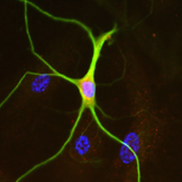 Hall and colleagues established an in vitro model of Alzheimer’s Disease by culturing and differentiating embryonic stem cells isolated from the APPsw transgenic minipig. They use this system to provide insights into astrocyte and radial glia pathology in this disease. Read the paper here [OPEN ACCESS].
Hall and colleagues established an in vitro model of Alzheimer’s Disease by culturing and differentiating embryonic stem cells isolated from the APPsw transgenic minipig. They use this system to provide insights into astrocyte and radial glia pathology in this disease. Read the paper here [OPEN ACCESS].
RhoC regulates VEGF signalling
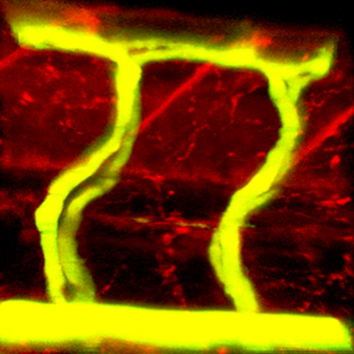 The small GTPases RhoA and RhoB are involved in vasculogenesis and angiogenesis; however, the role of another Rho family member, RhoC, in these processes is less understood. Now, Mukhopadhyay and colleagues show that RhoC maintains vascular homeostasis in endothelial cells yet is dispensable for vascular development. Read the paper here.
The small GTPases RhoA and RhoB are involved in vasculogenesis and angiogenesis; however, the role of another Rho family member, RhoC, in these processes is less understood. Now, Mukhopadhyay and colleagues show that RhoC maintains vascular homeostasis in endothelial cells yet is dispensable for vascular development. Read the paper here.
MyoD gets rid of Twist-1 with miR-206
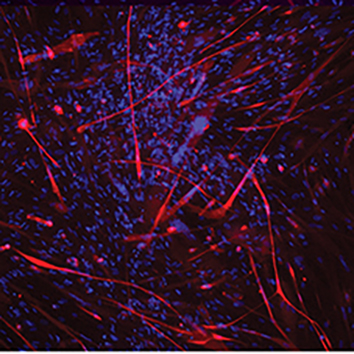 MyoD and Twist-1 are transcription factors known to promote and inhibit muscle cell differentiation respectively. Phylactou and co-workers identify a mechanism of myogenesis in which MyoD and miR-206 downregulate the expression of Twist-1. This pathway might also play an important role in muscle disease. Read the paper here.
MyoD and Twist-1 are transcription factors known to promote and inhibit muscle cell differentiation respectively. Phylactou and co-workers identify a mechanism of myogenesis in which MyoD and miR-206 downregulate the expression of Twist-1. This pathway might also play an important role in muscle disease. Read the paper here.
PP6 gets oocytes out of meiosis
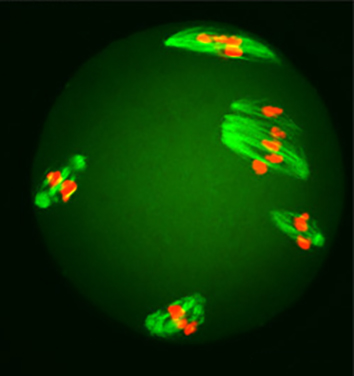 PP6 is known to modulate Aurora A activity in mitosis, but what is its role in meiosis? Xu, Yang, Su and colleagues present in vivo evidence showing that PP6 suppresses Aurora A activity in oocytes in meiosis II, and is crucial for meiosis II exit, euploid egg production and female fertility. Read the paper here.
PP6 is known to modulate Aurora A activity in mitosis, but what is its role in meiosis? Xu, Yang, Su and colleagues present in vivo evidence showing that PP6 suppresses Aurora A activity in oocytes in meiosis II, and is crucial for meiosis II exit, euploid egg production and female fertility. Read the paper here.
The relationship between bone adaptation and mesenchymal stem cells
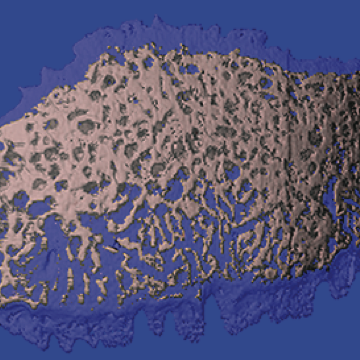 Wallace and colleagues expose growing mice to exercise, showing that the ability of the progenitor population to differentiate toward bone-forming cells may be a better correlate to bone structural adaptation than external forces generated by exercise. Read the paper here.
Wallace and colleagues expose growing mice to exercise, showing that the ability of the progenitor population to differentiate toward bone-forming cells may be a better correlate to bone structural adaptation than external forces generated by exercise. Read the paper here.



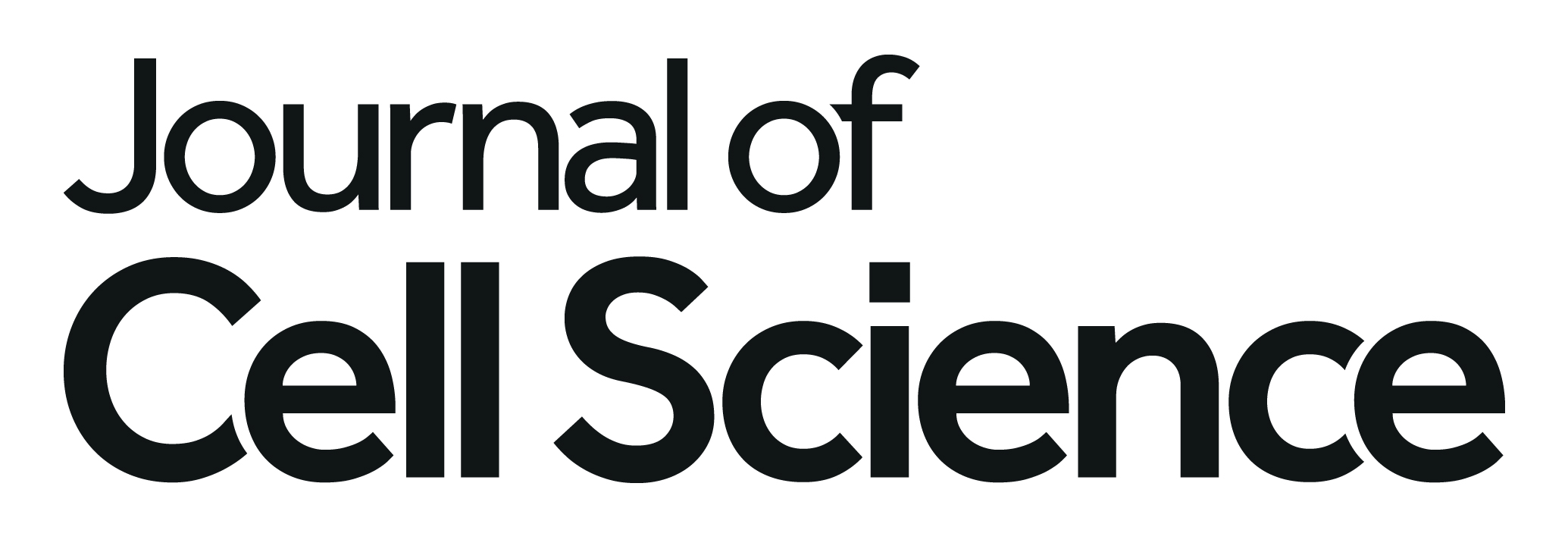

 (No Ratings Yet)
(No Ratings Yet)